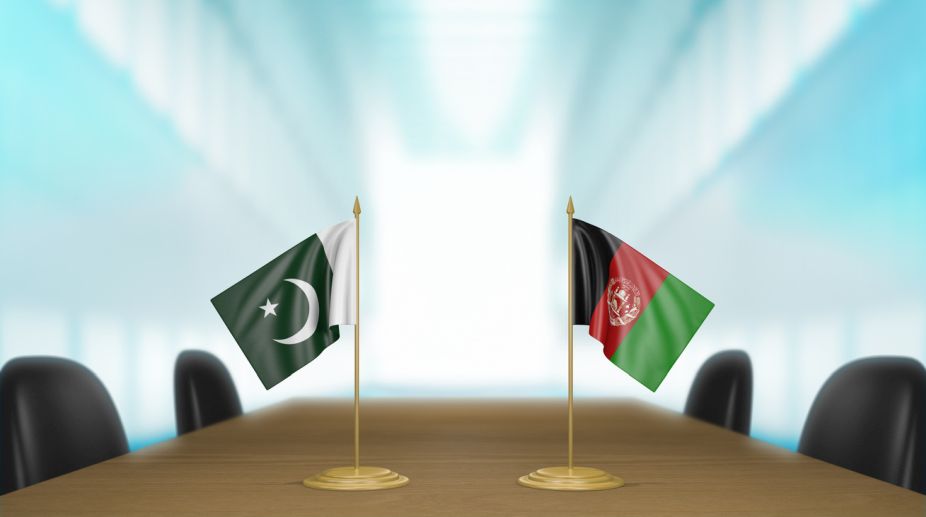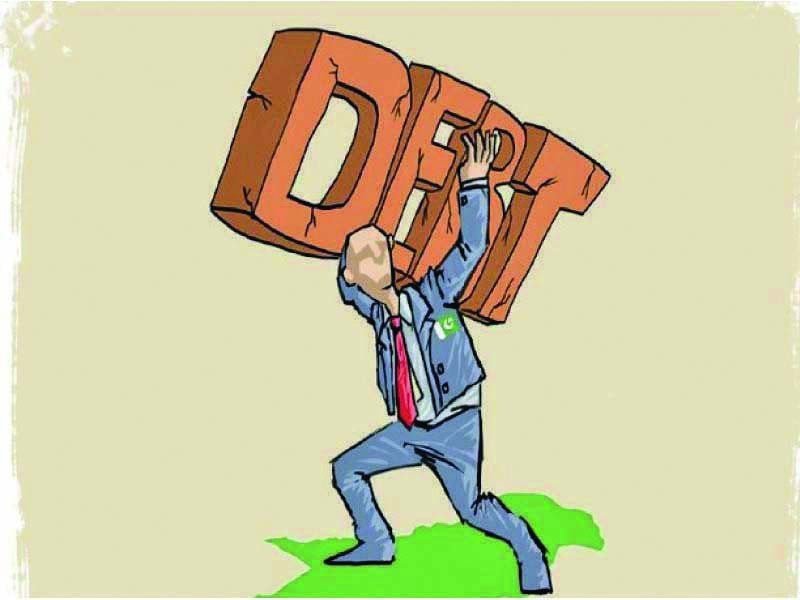Zafar Iqbal
Pakistan’s alarming export figures for April 2025 are more than a routine economic fluctuation — they are a loud warning of an impending crisis. The Pakistan Bureau of Statistics reports a staggering 17.7% month-on-month decline in exports and a 7.4% drop year-on-year. Meanwhile, imports have surged by over 16%, worsening the already-precarious trade deficit. Yet, in the corridors of power, there is a dangerous lack of urgency.
What makes this complacency even more troubling is that the modest export gains witnessed earlier in the year were never rooted in sustainable economic planning. They were circumstantial — the result of external shocks like instability in Bangladesh and India’s rice export ban. Now that the region is stabilising, Pakistan’s weak export foundation is once again exposed.
Our decades-old model — exporting surplus rather than producing for export — has long outlived its usefulness. In today’s globalised economy, reactive trade strategies are a liability. While countries like Vietnam have successfully climbed the value chain by investing in electronics and advanced textiles, Pakistan remains trapped in low-value exports such as raw cotton, yarn, and rice. The structural inertia in our export base reflects a deeper failure of vision and policy.
There is little effort to understand and tap foreign markets. Trade diplomacy is practically non-functional, and support mechanisms for exporters are broken. Inconsistent tax rebates, logistical bottlenecks, poor customs facilitation, and lack of credit access continue to stifle growth. SMEs — the backbone of any sustainable export ecosystem — are left to fend for themselves.
Crucially, Pakistan lacks a coherent export strategy. No national roadmap, no industrial policy linked to global markets, and no integrated investment in skills and innovation. Exporters are treated not as strategic actors but as transactional players, useful only when the rupee collapses or the IMF demands reform.
Instead, the state remains fixated on remittances. Each time the trade deficit grows, officials turn to overseas Pakistanis to cover the gap. But this reliance is both unsustainable and regressive. It masks structural weaknesses and delays difficult but necessary reforms. The illusion of stability provided by remittance inflows can evaporate instantly with global downturns or geopolitical shocks.
Pakistan’s $30 billion in annual exports, against nearly $50 billion in imports, reflect a structural failure, not just a policy gap. Currency depreciation has been used as a blunt instrument to make exports competitive, but without value addition, market development, and supply chain reform, these efforts are short-lived.
What is needed now is a fundamental mindset shift: from firefighting deficits to building capacity. That begins with setting measurable export targets, empowering trade missions, and aligning foreign policy with economic interests. Logistics chains must be digitised, regulatory processes streamlined, and technical support provided to firms seeking to meet global quality and compliance benchmarks.
More importantly, the state must begin to treat exports as a matter of national security — a pillar of economic sovereignty and resilience. Countries that have sustained high growth rates — from East Asia to Eastern Europe — have all done so by anchoring their economies in robust and diversified exports.
Policymakers must also understand that global trade is evolving. Climate standards, labour compliance, traceability, and digital trade are becoming integral to market access. Without investing in these areas, Pakistan risks being shut out of high-value markets altogether.
The April numbers are not just statistics — they are early warnings. They expose a pattern of neglect, short-termism, and misplaced priorities. If the political and economic leadership fails to act now, the consequences will be far more severe than temporary trade imbalances.
Ultimately, Pakistan’s economic future depends not on the generosity of expatriates or the rise and fall of commodity prices, but on its ability to produce, innovate, and compete globally. Without a solid export base, sustainable growth will remain elusive. It is time to treat trade as strategy — not charity.
The export collapse is not a blip — it’s a reckoning. And the price of ignoring it will be paid in economic stagnation and strategic vulnerability.














